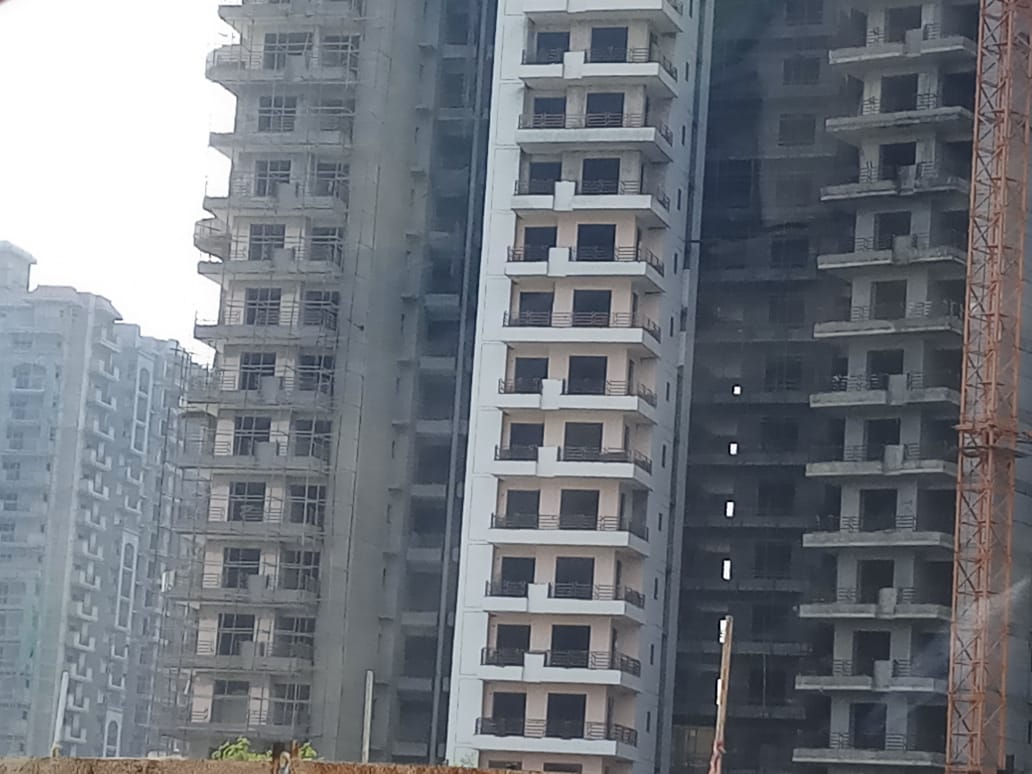
Month: August 2020
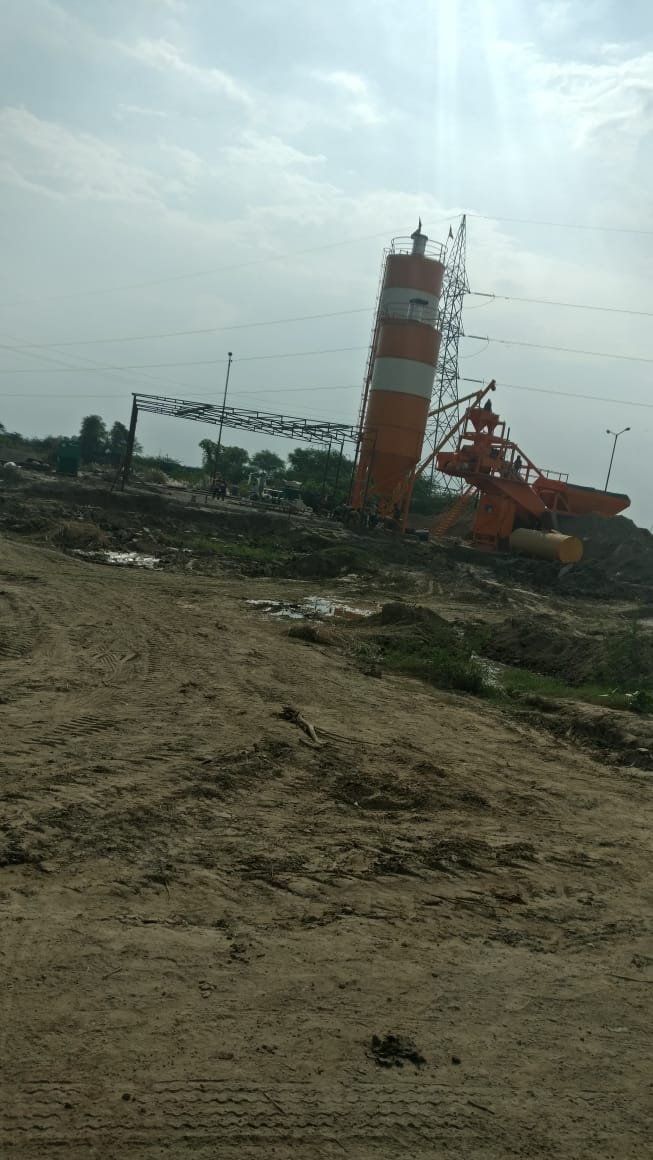
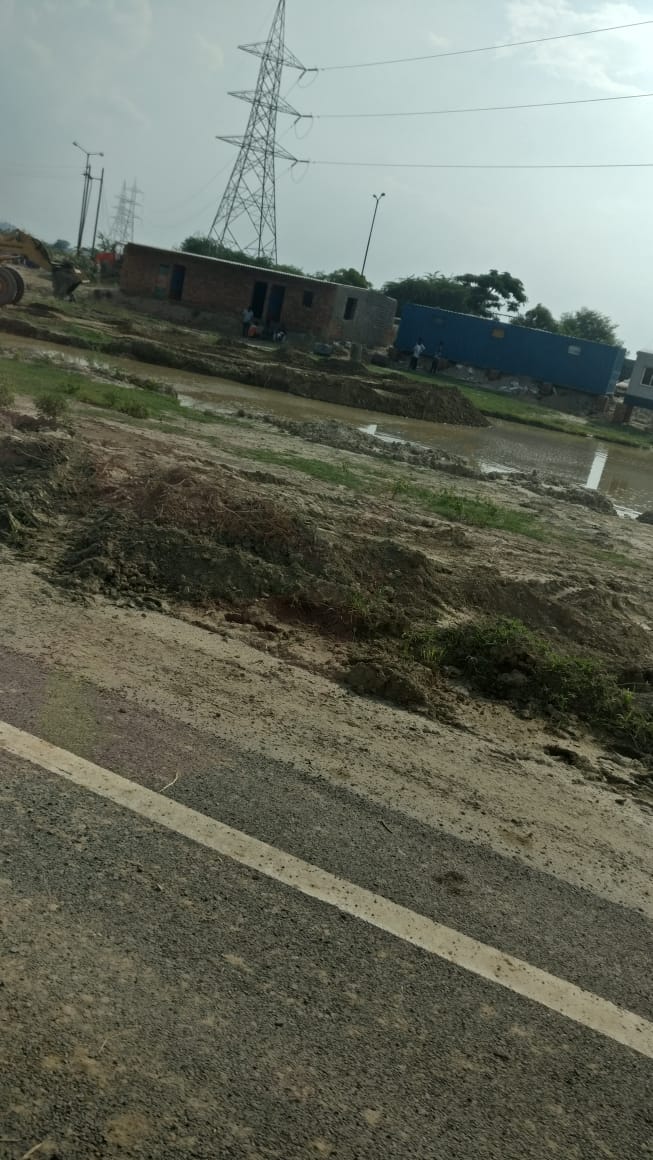
Upon completion, the Jewar Airport will emerge as one of the three biggest airports in the world, including O’Hare International Airport in Chicago, Daxing International Airport in Beijing, China, and Dallas/Fort Worth International Airport in Texas, US.
Airports play a crucial role in the development of any city and its economy. The IGI airport of New Delhi helped Gurugram to become a millennial city which now houses thousands of MNCs and contributes billions of dollars in GDP as well as tax collection of Haryana.
“There is a huge opportunity to increase the percentage potential of exports from India and UP to France. A large land parcel has been earmarked for maintenance, repair and overhaul (MRO) near the Jewar Airport in Greater Noida which can provide investment opportunities to French companies,” said UP MSME minister. The state aims to double up the MSME exports to 2.4 lakh crore rupees in the next three years from 1.2 lakh crore rupees as of now.
What makes Jewar Airport a game-changer is the fact that its location and connectivity has been meticulously planned. It is going to be merely 700 metres away from the Yamuna Expressway connecting Delhi and Agra. Also, it will be just 30 kilometres away from the National Highway 22-A connecting Palwal and Aligarh.
Moreover, the southern side of the airport is planned to be connected to the proposed Palwal-Khurja airport. What also boosts connectivity for other towns dependent upon Delhi-NCR for air connectivity is the fact that it is expected to be connected to the Eastern Peripheral Expressway. This will ensure ease of access for cities like Palwal, Manesar, Ghaziabad, Bhagpat and Meerut.
Uttar Pradesh is seeking a large pie of the companies leaving China amid the ongoing disruption in supply chain and the state has the existing capacity to replace China as the ‘factory of the world’ with a population of 22 crores and a young demography. Unfortunately, the state was deprived of an investment-friendly government before, but with the arrival of Yogi, things have been moving rapidly.
Jewar Airport Area will be the crown of Noida and the biggest industrial corridor in India

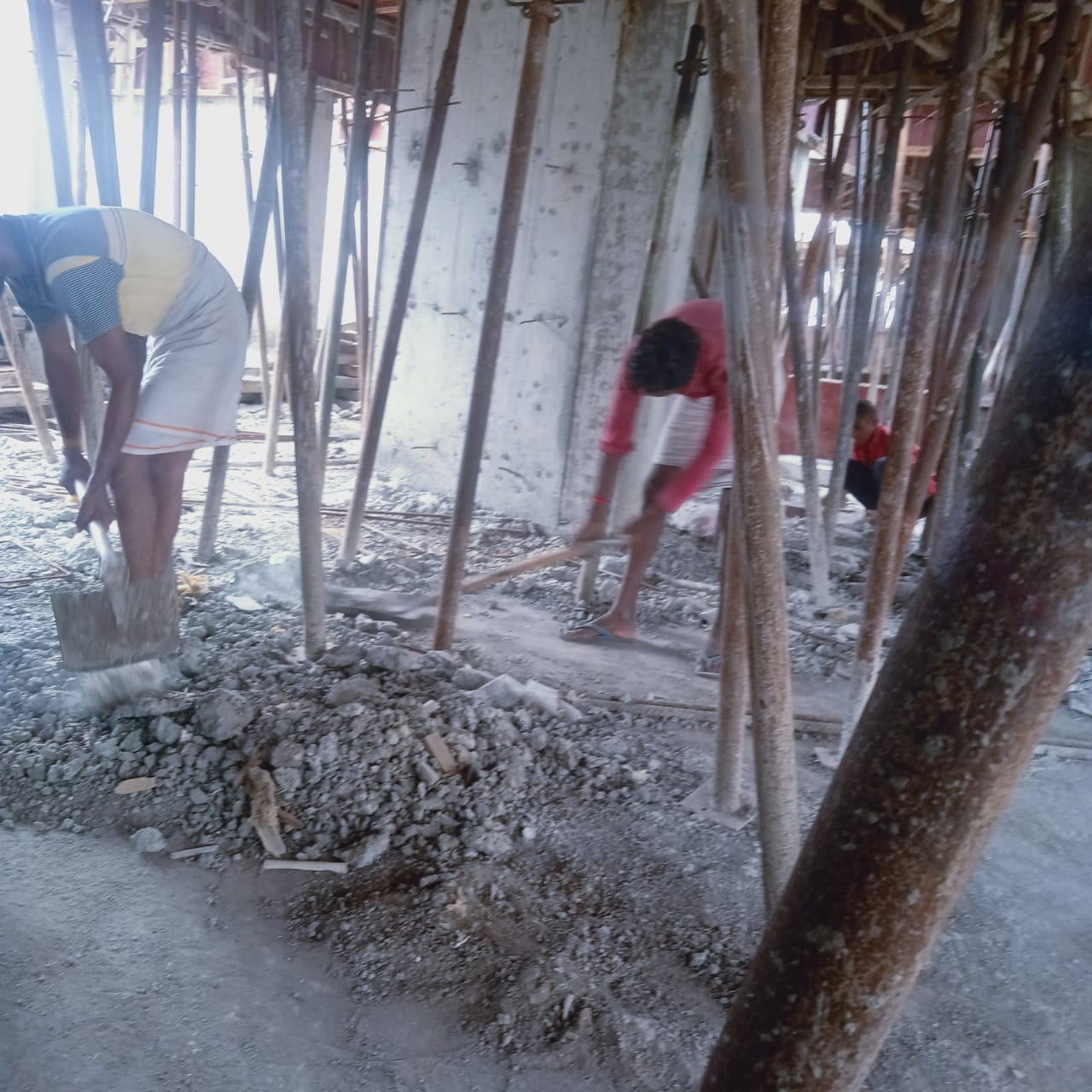
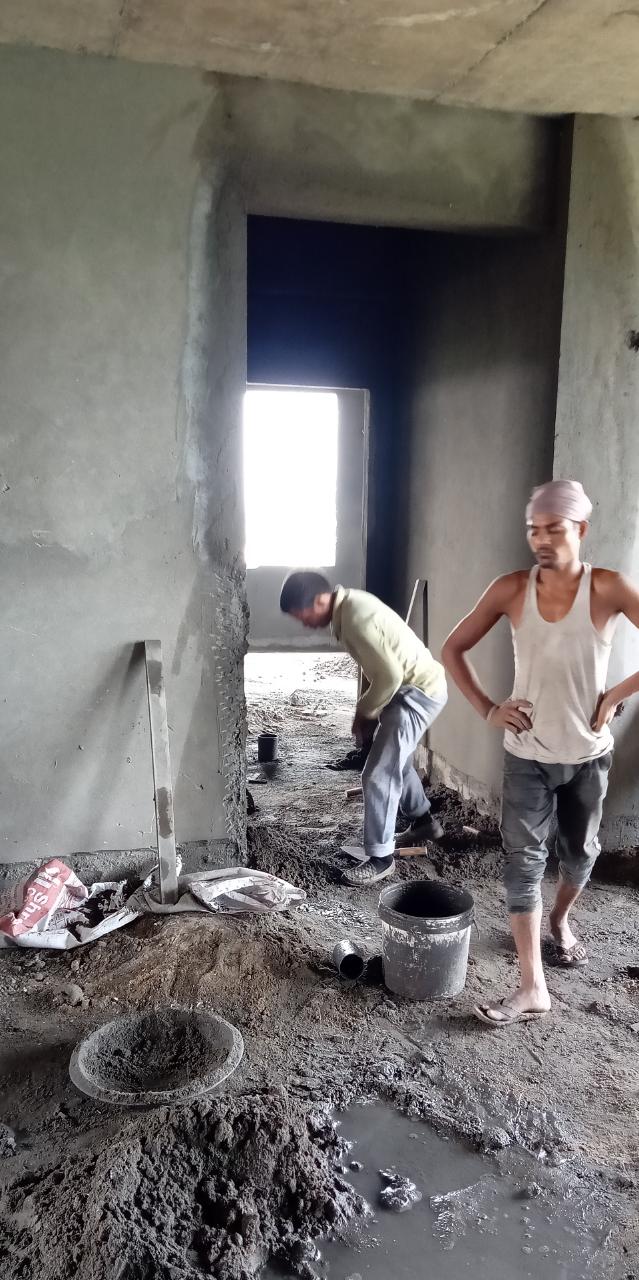
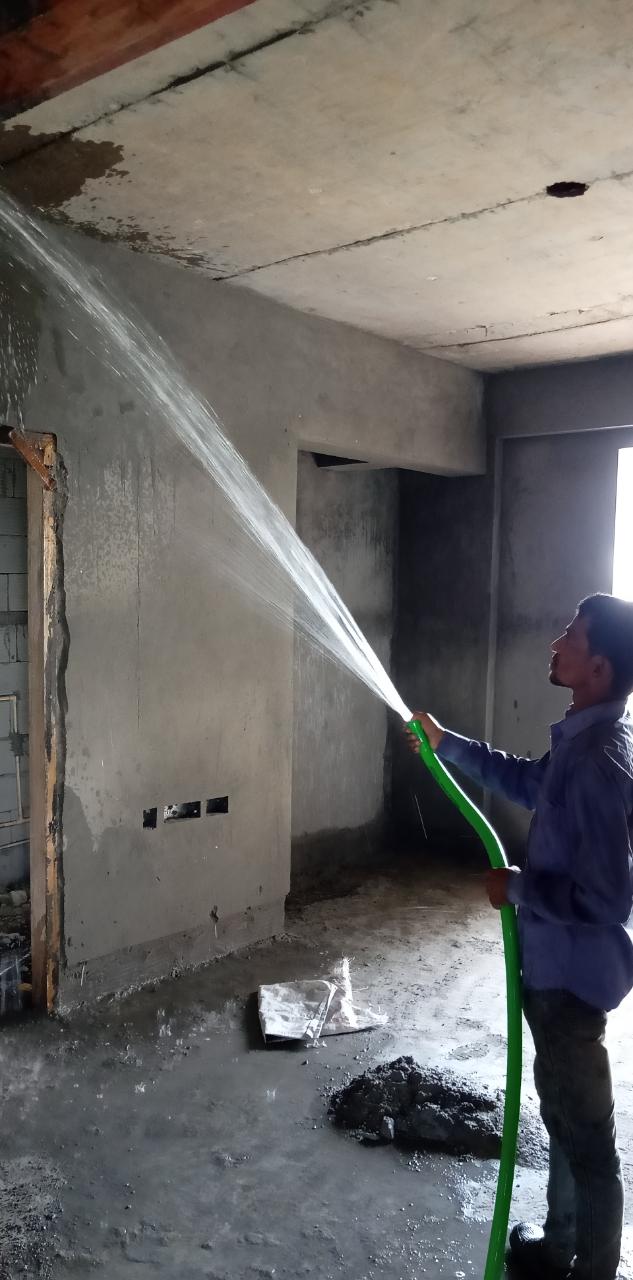
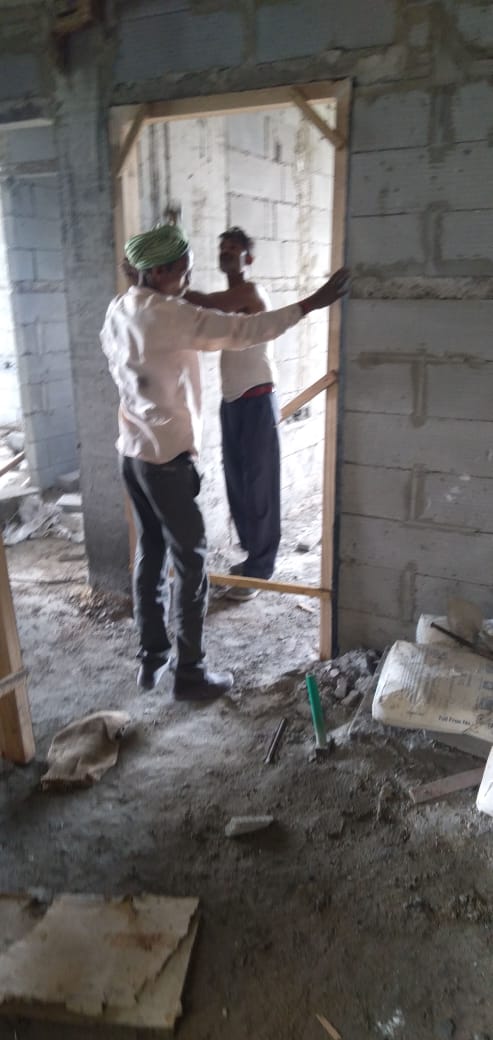
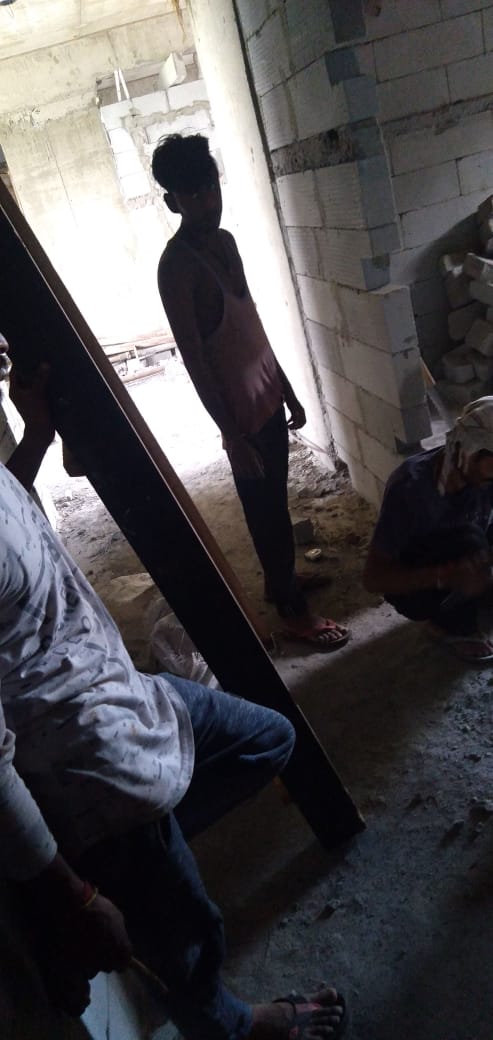
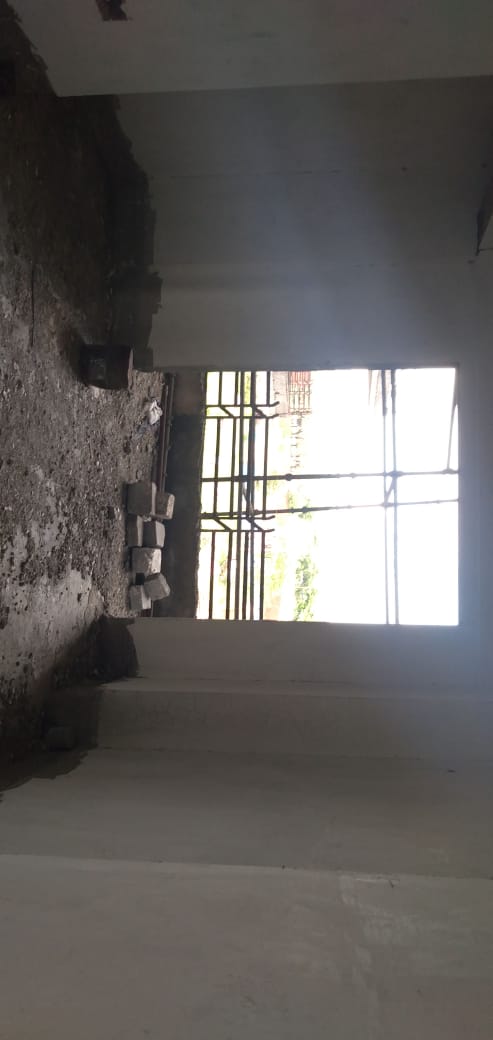
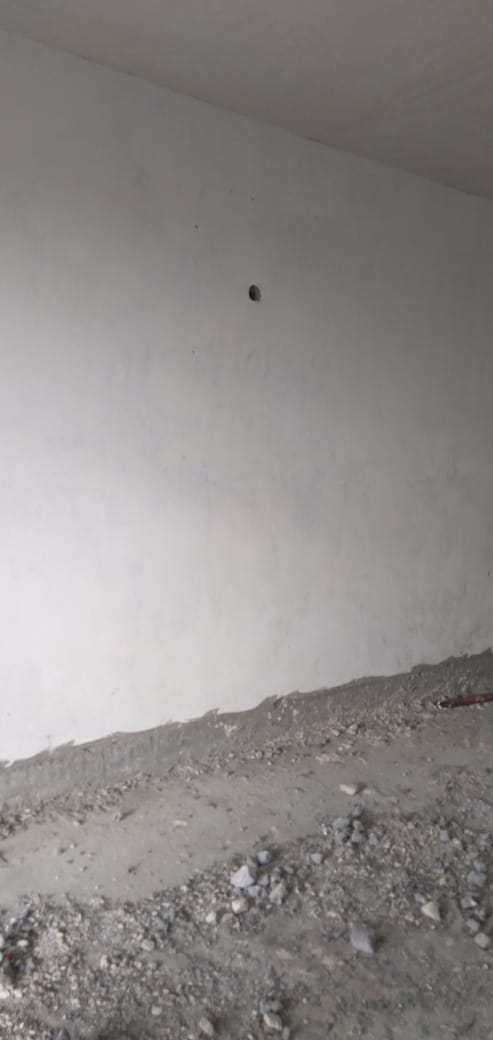


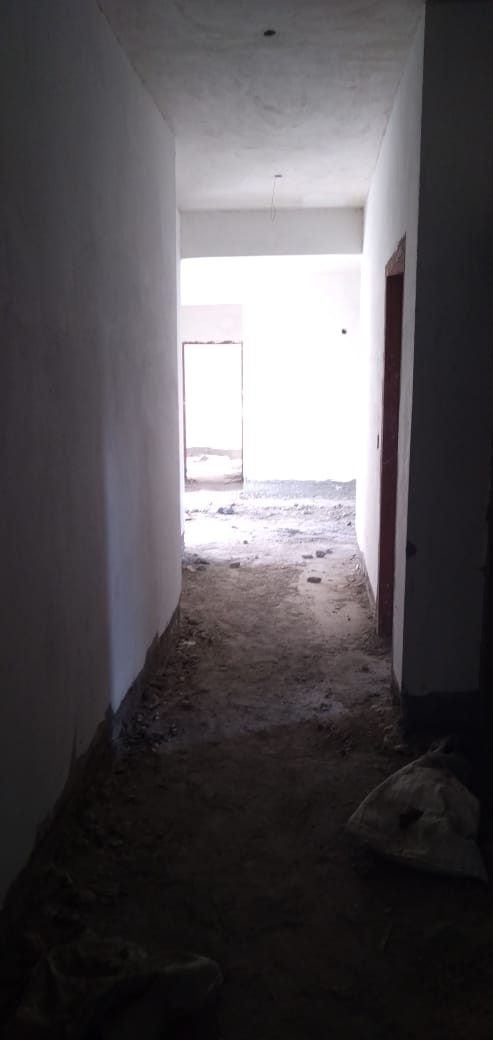
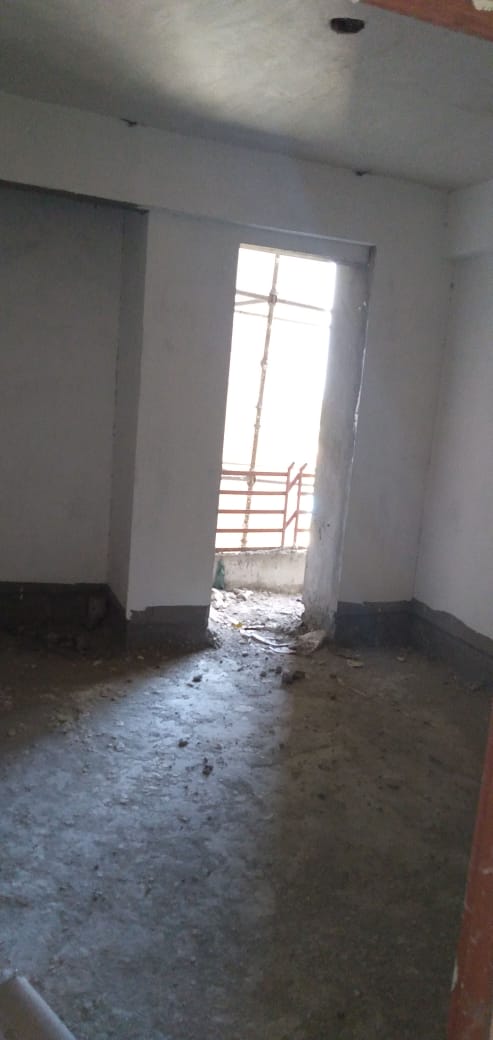
नोएडा इंटरनेशनल एयरपोर्ट जेवर को लेकर न केवल उद्यमियों का रुझान बढ़ा है बल्कि यहां पर जरूरी सुविधाओं में भी इजाफा हुआ है। हवाई अड्डे के पास प्रदेश सरकार सुपर स्पेशलिटी अस्पताल और ट्रॉमा सेंटर बनाएगी। जेवर विधायक धीरेंद्र सिंह ने इसको लेकर मुख्यमंत्री योगी आदित्यनाथ और स्वास्थ्य मंत्री को इसका प्रस्ताव दिया है। इस पर सहमति मिल गई है।
विधायक धीरेंद्र सिंह ने रविवार को इसको लेकर मुख्यमंत्री योगी आदित्यनाथ से मुलाकात की और प्रस्ताव सौंपा। उन्होंने इस मसले पर शनिवार को स्वास्थ्य मंत्री जयप्रताप सिंह से मुलाकात की थी। धीरेंद्र सिंह ने बताया कि जेवर में अंतरराष्ट्रीय हवाई अड्डे का निर्माण जल्दी शुरू हो जाएगा। इसके आसपास से तीन हाइवे निकल रहे हैं। इसमें यमुना एक्सप्रेस वे, ईस्टर्न पेरिफेरल एक्सप्रेस वे और नोएडा-ग्रेटर नोएडा एक्सप्रेस वे शामिल हैं। यहां होने वाली दुर्घटना के बाद लोगों को ट्रॉमा सेंटर तक पहुंचाना मुश्किल हो जाता है। उन्होंने बताया कि कारोबारी और उद्यमी यहां से आवागमन करेंगे। इन लोगों को अच्छी स्वास्थ्य सेवाओं की आवश्यकता होगी इसलिए एयरपोर्ट शुरू होने से पहले यहां अच्छे अस्पताल की जरूरत होगी।
विधायक ने बताया कि सुपर स्पेशियलिटी अस्पताल और ट्रॉमा सेंटर के प्रस्ताव को मुख्यमंत्री योगी आदित्यनाथ व स्वास्थ्य मंत्री जय प्रताप सिंह ने स्वीकार कर लिया है। जल्दी ही इस पर काम शुरू हो जाएगा। अगर यह अस्पताल बन जाता है तो तीन जिलों गौतमबुद्ध नगर, अलीगढ़ और बुलंदशहर के लोगों को फायदा मिलेगा। विधायक ने बताया कि अस्पताल के लिए यमुना प्राधिकरण से जमीन दिलवाने का प्रयास किया जाएगा।
https://www.livehindustan.com/uttar-pradesh/story-hospital-and-trauma-center-to-be-built-near-jewar-international-airport-3439392.html
The big reason to come to Gautam Budh Nagar. Well planned green and future ready town.
On Wednesday, when 70mm of rain poured down on Noida and 118mm on Gurugram, this difference manifested itself in water-logged roads, flooded homes and serpentine traffic jams that were seen in one city, but not the other.
On Wednesday morning, as people in Gurugram stared at parts of their city turning into a lake, people in Noida reported little inconvenience. The situation was not entirely trouble-free there — water accumulated at the foot of flyovers and access/exit ramps to the DND — but it was nowhere near like the situation in Gurugram, where commuters swam to safety as their cars sank and rescue teams patrolled on rafts looking for anyone marooned.
The contrast is explained by how the two cities were planned. The Uttar Pradesh government set up the New Okhla Industrial Development Authority (Noida) in 1976 to develop a planned township on the state’s border with the national Capital. The objective was to blueprint an integrated, modern industrial city with all provisions required for an urban space.
On the other hand, Gurugram did not have a metropolitan development authority till 2017 and a municipal corporation till 2007. It had, although, begun finishing its first housing projects in the 1980s.
On Wednesday, when 70mm of rain poured down on Noida and 118mm on Gurugram, this difference manifested itself in water-logged roads, flooded homes and serpentine traffic jams that were seen in one city, but not the other.
“Noida is a planned city while Gurugram was developed in isolation. In Gurugram, a developer buys 100 acres or 500 acres from a farmer, develops a township, lays infrastructure inside the township and empties rain water outside the campus. It was a piecemeal approach,” said SC Gaur, chief coordinator and planner with the UP national capital region cell, while explaining how town planning methodologies used for Noida and Gurugram were different.
“In Noida, the authority develops roads, drainage network and other civic infrastructure before allotting the land to a developer,” Gaur said.
Rajvir Singh, former chief town planner, Haryana, who is now a consultant, said urban planning failed on many counts in Gurugram. “Initially, when the development plan for the city was being prepared, it was pointed out that natural drains and dams should not be disturbed. However, real estate development was allowed in a haphazard manner. Also, despite a master plan for the city, most of the features remained on paper and thus the civic infrastructure in the city is still catching up with the urban growth,” said Singh.
Experts pointed out that flooding during monsoon is also because of the difference between the topography of the two cities.
“Noida is surrounded by Yamuna and Hindon and is located on plains, where stormwater drains empties out in the two rivers. Also, the city has a planned drainage system. Gurugram, on the other hand, is a hilly terrain with a poor gradient. Moreover, with natural drains such as Najafgarh and Badshahpur being encroached upon in many places, stormwater floods on the city roads,” said Professor Dr Gauhar Mehmood of the department of civil engineering, Jamia Millia Islamia, Delhi. Mehmood worked with the Gurugram Municipal Corporation and helped set up water conservation structures to conserve rainwater in 2010-11.
Natural drains, which were spread across the Gurugram district and prominent dams, which existed since the British period at Ghata, Wazirabad, Nathupur, Jharsa and Manesar, have vanished due to encroachments. City officials said it is one of the main reasons for the flooding of Golf Course Road and adjacent areas. “The current stormwater drainage system is inadequate to take the load. Exigency plans need to be created and special emphasis should be put on rainwater harvesting and creating small lakes, which can keep roads free of stormwater,” said Prof Sewa Ram from School of Planning and Architecture in Delhi.
VS Kundu, chief executive officer (CEO) of Gurugram Metropolitan Development Authority (GMDA), said deployment of motor pumps is only a relief measure and until the city’s drainage system is augmented, waterlogging will persist.
Avinash Tripathi, officer on special duty, Noida authority, said: “Teams from water department were on standby to address waterlogging complaints. We had also set up water pumping stations. At the Mamura underpass, water-logging did take place but we managed to pump out water from all low-lying areas soon after rain stopped. We were able to perform better also because Noida has well-planned roads, drainage network and the irrigation drain takes rainwater into the Yamuna and Hindon.”
Gurugram also has a plethora of civic agencies: HSVP, HSIIDC, GMDA and MCG. Noida has one.
While the Noida Master plan 2031 defines land use of each sector before it is allotted to builders for housing or for setting up industries, most of the new sectors in Gurugram (from sector 58 to 115) lack roads, water supply, power infrastructure and sewerage system.
KK Rao, Gurugram police commissioner, said waterlogging has been one of the biggest challenges for all government agencies, including the police. “Poor road engineering, improper drainage system and human negligence are the reasons which lead to such situations. The drains are not regularly and properly cleaned, the water pumps are not that effective and the terrain is also not friendly. Regular monitoring and joint efforts by all the agencies can only avert a repeat of Gurujam,” he said.
https://www.hindustantimes.com/cities/why-noida-handles-rain-better-than-gurugram/story-Z5GeYoVMwdlGWYpA5nHFKO.html
https://tricitytoday.com/news/korean-company-to-invest-rs-3000-crore-in-greater-noida-to-established-a-electric-vehicle-manufacturing-facility-11138.htm
Edison Motors of Korean has initiated a proposal to set up EV car factory in Jewar at a investment of Rs 3000 Cr and will give about 5000 jobs.
350 हेक्टेयर में विकसित होगी डिफेंस कॉरिडोर, जेवर हवाई अड्डे व यमुना एक्सप्रेसवे की कनेक्टविटी बेहतर https://www.jagran.com/uttar-pradesh/aligarh-city-defense-corridor-to-be-developed-in-350-hectare-jewar-airport-and-yamuna-expressway-connectivity-will-improve-20634680.html?utm_source=referral&utm_medium=WA&utm_campaign=amp_social_share
अलीगढ़, जेएनएन। देश के पहले डिफेंस इंडस्ट्रियल कॉरिडोर को मूर्त रूप देने की दिशा में एक और सफलता दर्ज हुई है। यूपीडा के सीईओ व अपर मुख्य सचिव ग्रह अवनीश अवस्थी सोमवार को पलवल मार्ग स्थित अंडला पर सुबह छह बजे पहुंचे। पहले से मौजूद प्रशासनिक अमला ने अवस्थी को डिफेंस कॉरिडोर को विकसित करने के लिए जमीन देने वाले किसानों से भुगतान के बारे में जानकारी ली। इस पर किसानों ने पेमेंट मिलने के लिए हामी। सितंबर तक जमीन समतल करने व सड़क, बिजली का काम करने के निर्देश दिए है। साथ ही तैयार नक्शे में बदलाव होगा। कॉरिडोर के लिए चयनित 46 हेक्टेयर भूमि पर काम तेजी से होगा। अवस्थी ने सड़क निर्माण के लिए पीडब्ल्यूडी को निर्देश दिए है। पहले फेस में सड़क, बिजली व सीवरेज निमार्ण होगा। 12 निवेशकों को जमीन आवंटन कर दी है। यह 400 करोड रुपये का निवेश करेंगे। अवस्थी ने बिजनेस मैन की दिलचस्पी को देखते हुए और जमीन अधिग्रहण करने के निर्देश दिए हैं। भविष्य में कॉरिडोर के लिए 300 एकड़ भूमि अंडला क्षेत्र में विकसित की जाएगी।